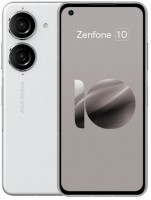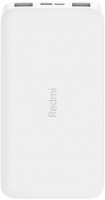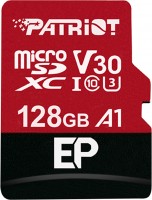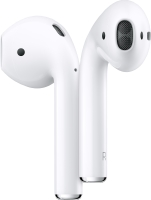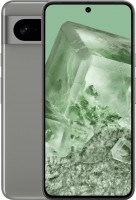Asus Zenfone Max Pro M1 64 GB / 4 GB
 | Outdated Product Main display: display ("): 6; screen resolution: 2160x1080 (18:9); Display-to-body ratio (%): 77; ОС: Android 8.1; CPU model: Qualcomm SDM636 Snapdragon 636; CPU (GHz): 1.8; GPU: Adreno 509; RAM (GB): 4; Memory storage (GB): 64; Memory card slot: microSD; AnTuTu Benchmark: 115; Geekbench: 4680 |
|
| ||||||||||||||||||||||||||||||||||||||||||||||||||||||||||||||||||||||||||||||||||||||||||||||||||||||||||||||||||||||||||||
Always clarify the specifications and configuration of the product with the online store manager before purchasing.
Catalog Asus 2025 - new arrivals, bestsellers, and the most relevant models Asus.


Asus smartphones occupy, albeit not a large, but stable niche of the mobile device market. Asus ZenFone Max Pro M1 ZB602KL is designed to raise the position of the Taiwanese brand to new heights, which managed to surprise the public with an optimal balance of characteristics.
Winning combination
The design of the model turned out, frankly, inexpressive. However, if you look deeper, without taking into account the external "wrapper", the main trump card of the device appears — the "iron" combination of the "octa-core" Snapdragon 636, 4 GB of RAM and the Adreno 509 GPU. With such a hardware the smartphone is equally well given as everyday tasks, as well as most modern games without fps subsidence in long battles. In addition, the gadget is running a “clean” Android 8.1 OS, supplemented with some useful proprietary features.
Longevity
The front side of the smartphone is occupied without a hundredth of a 6-inch screen based on an IPS-matrix in FullHD + format (2160x1080 pixels). Fortunately, he does not have an annoying “bangs”, but at the same time, the frames above and below the display cannot be called small. The whole thing is "packed" in a case with dimensions of 159x76x8.5 mm. With such a modest thickness, Asus ZenFone Max Pro M1 ZB602KL got a capacious 5000 mAh battery, on a full tank of which the device keeps afloat for over 12 hours of display activity. A result worthy of respect.
Ardent competitor
In terms of photographic capabilities , the model uses a popular technique with a dual main camera. The lion's share of the tasks is shouldered by the 13 MP leading photomodule, and a 5 MP auxiliary sensor is provided to help it to measure the depth of field of the frame when shooting in portrait mode. However the quality of blurring the background “out of the box” turns out to be so-so — the “damp” software affects. Ahead is an 8 MP front camera for shooting self-portraits. Also on board the smartphone has a full set of communications, including NFC chip for wireless payments. What happens in the dry residue? The answer is quite obvious — an ardent competitor to the hordes of mid-range Xiaomi and Meizu with a decent hardware base, stock Android and another distinguishing feature in the face of a triple tray for 2 SIM and a microSD memory card.














